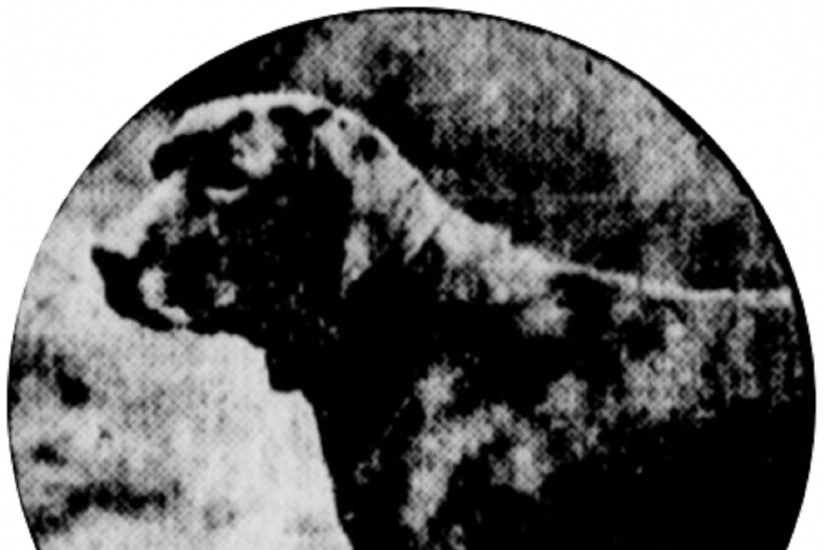In the heyday of American vaudeville—roughly 1880 to 1930—few shows were complete without an animal act or two.
Rats in little jockey costumes rode cats around racetracks. Elephants waltzed and danced the hula. Kangaroos boxed, sea lions juggled, monkeys pedaled bicycles and smoked cigarettes.
But no animal act seemed to get as much notice as Don the Talking Dog, a sensation from the moment he debuted in 1912. Variously described a German hunting dog, forest dog, setter, or pointer, the 8-year-old Don was acclaimed as “the canine phenomenon of the century.”
With a vocabulary that ultimately reached eight words—all in German—Don had garnered attention in the United States as early as 1910, with breathless newspaper reports from Europe. According to some accounts, his first word was haben(“have” in English), followed by “Don,” kuchen(“cake”), and hunger (same word in English and German).
Theoretically, this allowed him to form the useful sentence: Don hunger, have cake—although most accounts say he typically spoke just one word at a time, and only when prompted by questions. He later added ja and nein (“yes” and “no”), as well as ruhe (“quiet” or “rest”) and “Haberland” (the name of his owner).
Vaudeville was designed as family entertainment suitable for all ages. While less prestigious than “legitimate” theater (think Hamlet), it was a considerable step up from its competitor, burlesque, which tended to be more risqué (think scantily clad dancing girls.) It also catered to Americans of all socioeconomic groups, from the well-established middle class to freshly arrived immigrants—basically anybody with the 25 cents to $1.50 it cost to buy a ticket.
Though centered on Broadway and other prime locations around Manhattan, with lavish theaters that could seat several thousand patrons, vaudeville also flourished in cities large and small across the U.S. Performers would go on a “circuit” from city to city, often starting in New York, gradually making their way to the west coast, and then looping back again. Some acts would also travel to England, continental Europe, Australia and South Africa, where vaudeville (sometimes called “variety”) was popular, as well.
The vaudeville historian Trav S.D., author of No Applause—Just Throw Money, thinks the fact that Don “spoke” German may have been part of his appeal, given the large German immigrant population in New York City at the time. “I wouldn’t be shocked to hear that many German-Americans went out to see their canine countryman utter a few words of their native language out of sheer patriotism and nostalgia,” he told Smithsonian.com.
